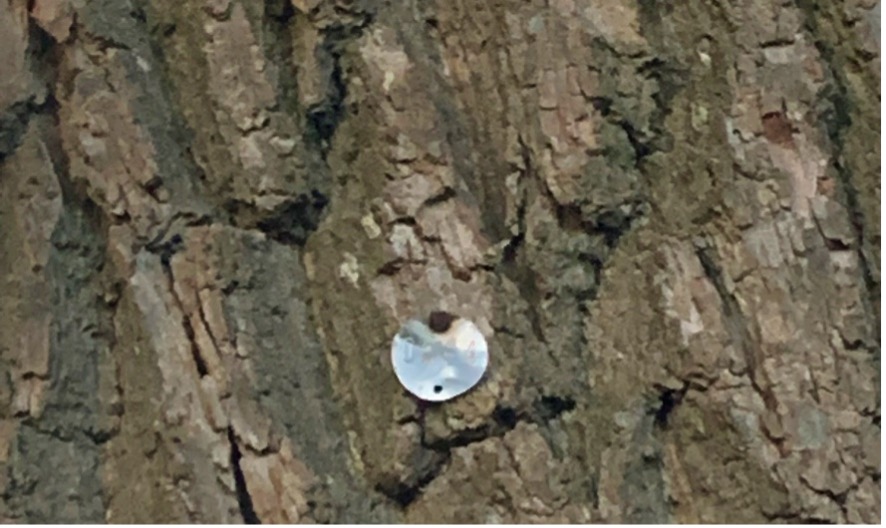Following a turbulent summer filled with conflict and disorder fuelled by misunderstandings of the ‘other’, you might be thinking of the best way to shift prejudicial views held by your students. Schools linking is a great educational tool that can be used to address misconceptions, develop respect and tolerance, and lead to community cohesion. It is a programme based on Gordon Allport’s (1954) social contact theory whereby two classes from different schools link three times during the academic year to take part in workshops that explore identity, diversity and community. As part of my Masters study at the University of Birmingham I completed a dissertation titled ‘A critical analysis of the influence of ‘Schools Linking’ on student comprehension of Religious Literacy and the British Values of Tolerance and Respect’, which was kindly part funded by Culham St. Gabriel’s. I surveyed and interviewed a group of Year 8 students who took part in the study and this is what I found:
Overcoming Misconceptions
Schools Linking helps students to understand worldviews on a more personal level than they are able to do in the classroom. The programme gives students a safe space to ask those ‘awkward’ questions that they may shy away from in the classroom, which gives them the opportunity to correct misconceptions about the beliefs and practices of religious adherents.
I found that 82% of students agreed that meeting people of a different faith helped them to understand their faith better, and 87% reported learning something new about the religion of their link school. Misconceptions such as ‘Sikh’s believe that the cow is sacred’, and ‘Sikhs believe in multiple gods’ were resolved through simple conversations with Sikh students during the programme, showing the importance of dialogue between people of different faiths.
However, extra care is needed when facilitating schools linking as students may conflate religion and culture in their minds. After schools linking I found that students believed that Sikhism prohibits the consumption of meat as a result of the link school only serving vegetarian food in the canteen. Students were not aware that Sikhs could make the choice to be vegetarian or not. So, be warned, debriefs are needed to clarify some of the experiences that students may have on the day! That is something I will be doing differently this year, as well as carving out time during the programme for students to discuss religion in particular to reduce the risk of students leaving with further misconceptions.
Attitudinal Shift
Allport (1954) suggested that people are more likely to shift prejudicial views towards each other if they get to know each other on a personal level. In my experience, schools linking helps students to do just that. I found that 92% of students indicated that they had formed a friendship with at least one person from their link school. I suggest giving students extended unstructured time during breaks and lunches to help them form stronger bonds.
Students were more likely to feel good about the programme and to make friends if they felt ‘similar’ to the students from their link school, suggesting that they viewed ‘difference’ as a negative. So, one thing I will be doing differently this year is stressing the positive impact of diversity on our society throughout the programme, not just during the second workshop.
In my case, schools linking proved to be a useful tool in encouraging community cohesion. 77% of students felt more able to communicate with people of different faiths after schools linking, and 84% of students agreed that the programme had made them more tolerant and respectful of others. I highly recommend adding schools linking to your teacher tool kit!
References:
Allport, G. (1954). The Nature of Prejudice, 25th Anniversary Edition. New York: Perseus Books Publishing.
